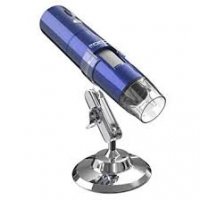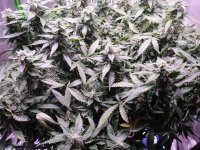- Thread starter
- #281
SQl2kGuy
Well-Known Member
Hey SQ!
Things are trucking along well in there. Loads of fresh pistils pushing and your flowers are getting some shape in them. You must be getting excited now!You want to learn and you're taking everything in. I see great harvest coming for you my friend.
Hi @irie lion ... you were here right from the beginning ... and I'm grateful for all your help along the way.
Yes ... I am extremely excited!!!
I just did the final bloom flush ... and now it's full-on bloom nutes ... then I will split the stem ... and finally three days of dark ... then time to harvest and cure!!!




 Hope the plants love the light.
Hope the plants love the light. 
 BTW, we have already changed the package in our factory. I hope the new package will help prevent this problem.
BTW, we have already changed the package in our factory. I hope the new package will help prevent this problem. 



 And if you have any question or advices on lights in future, please do not hesitate to tell me as well.
And if you have any question or advices on lights in future, please do not hesitate to tell me as well. 